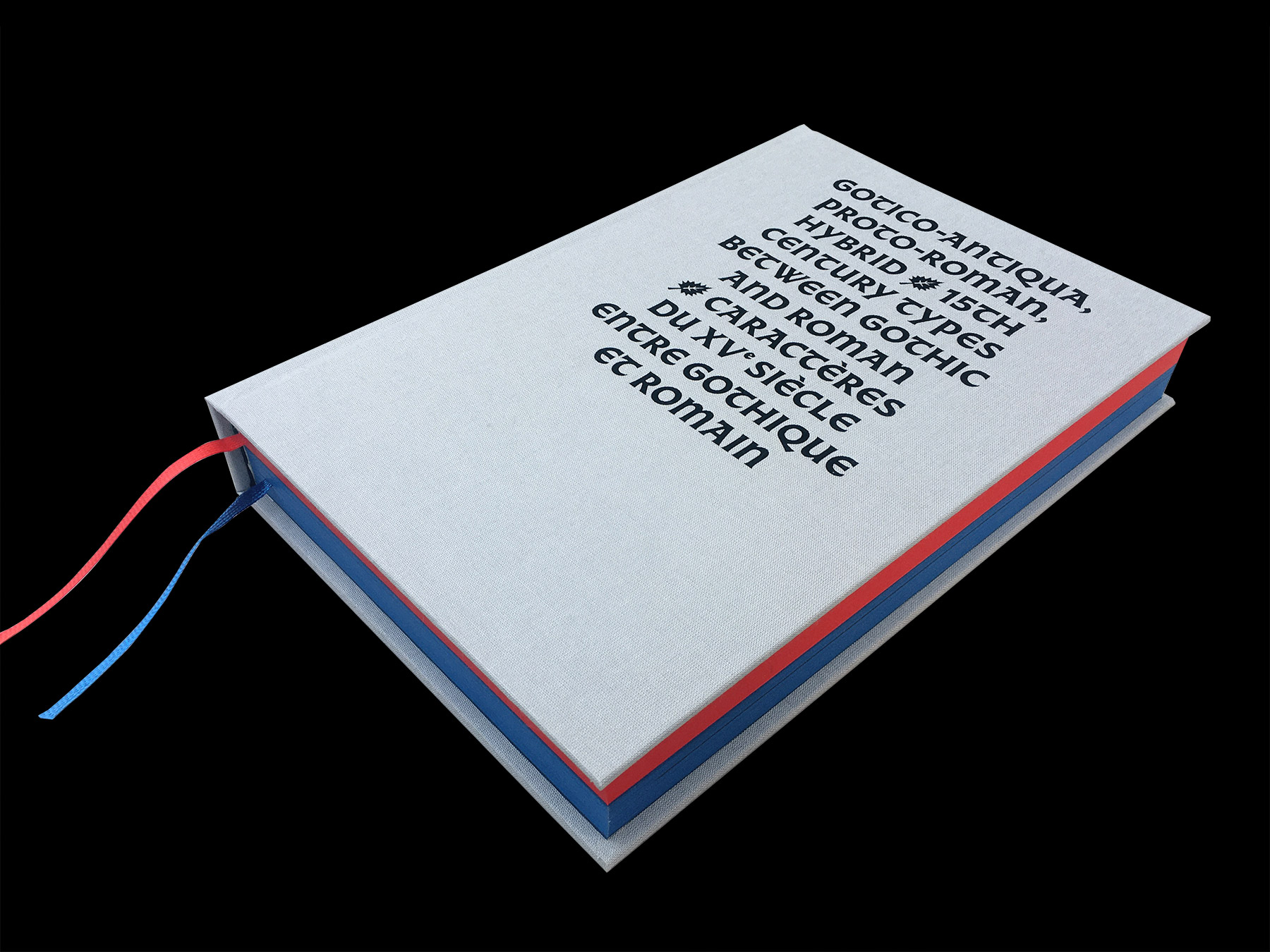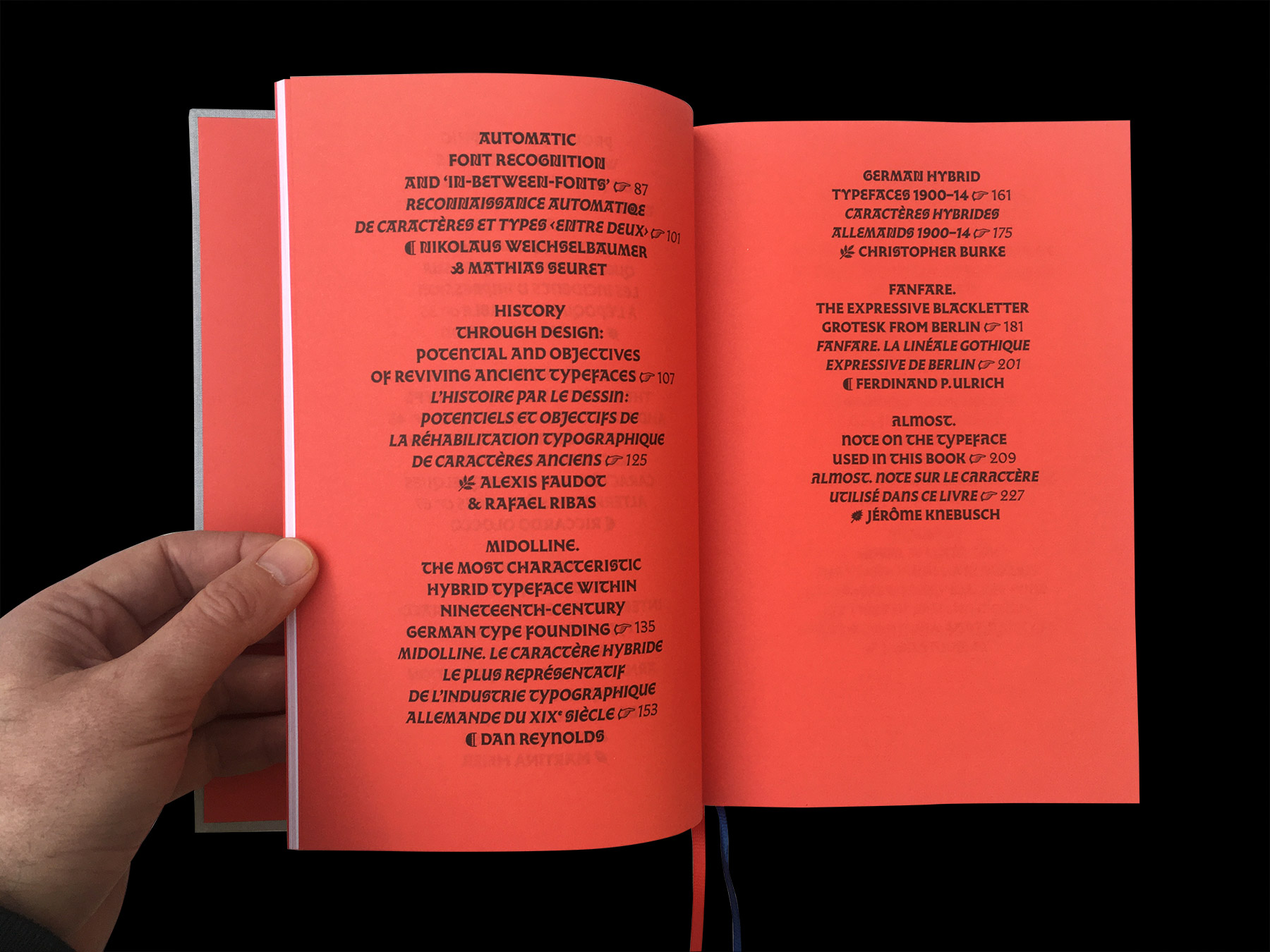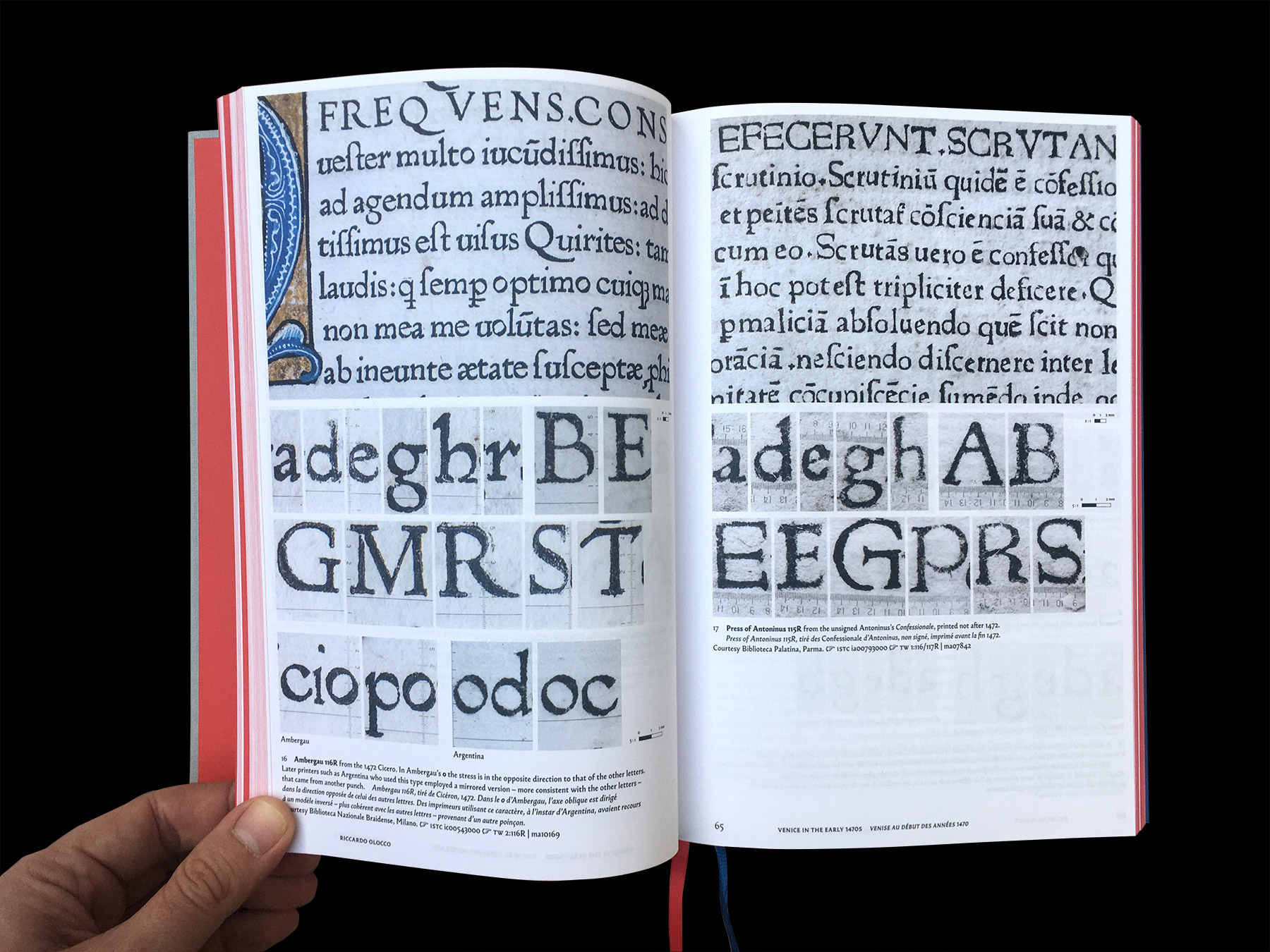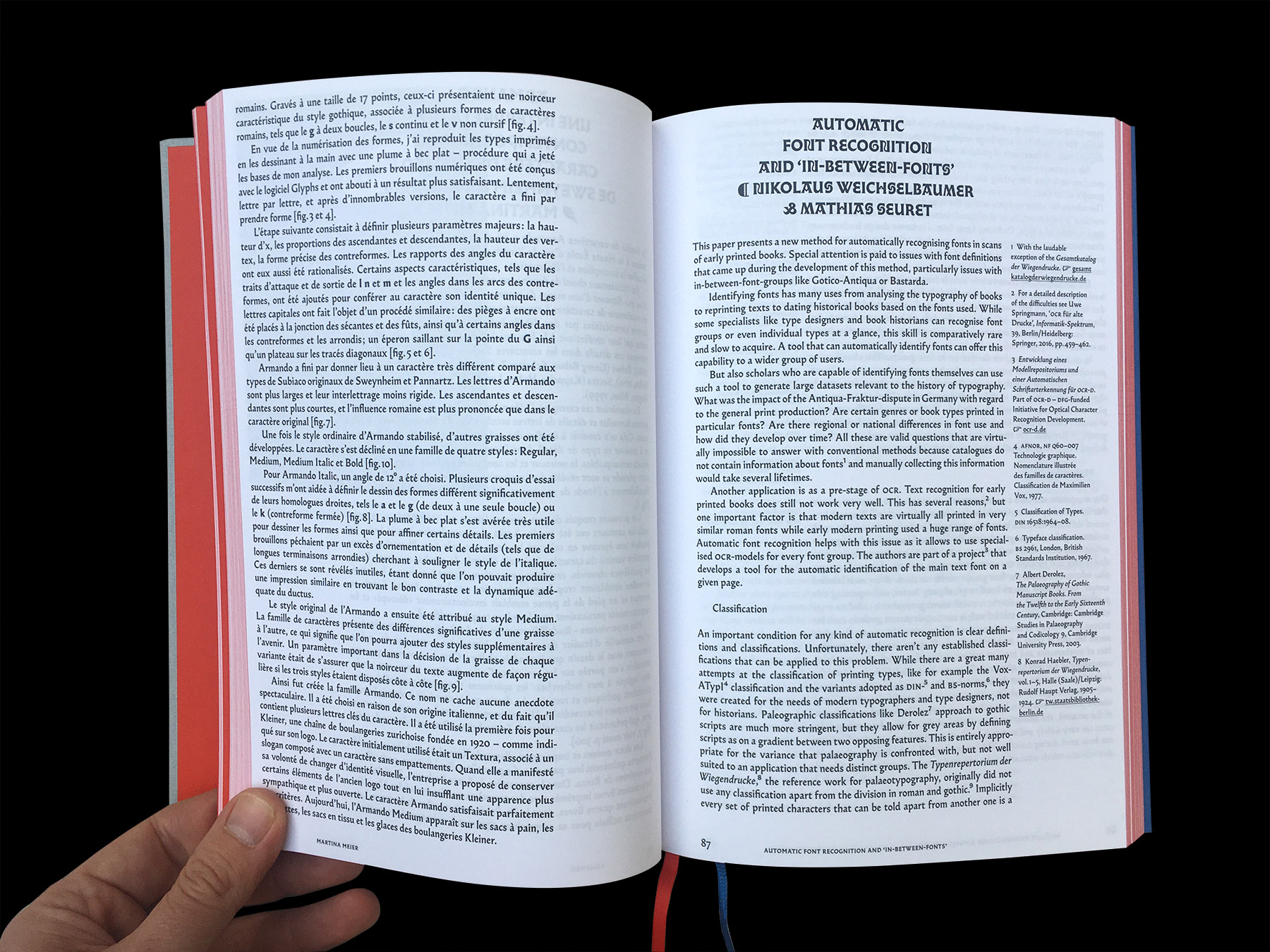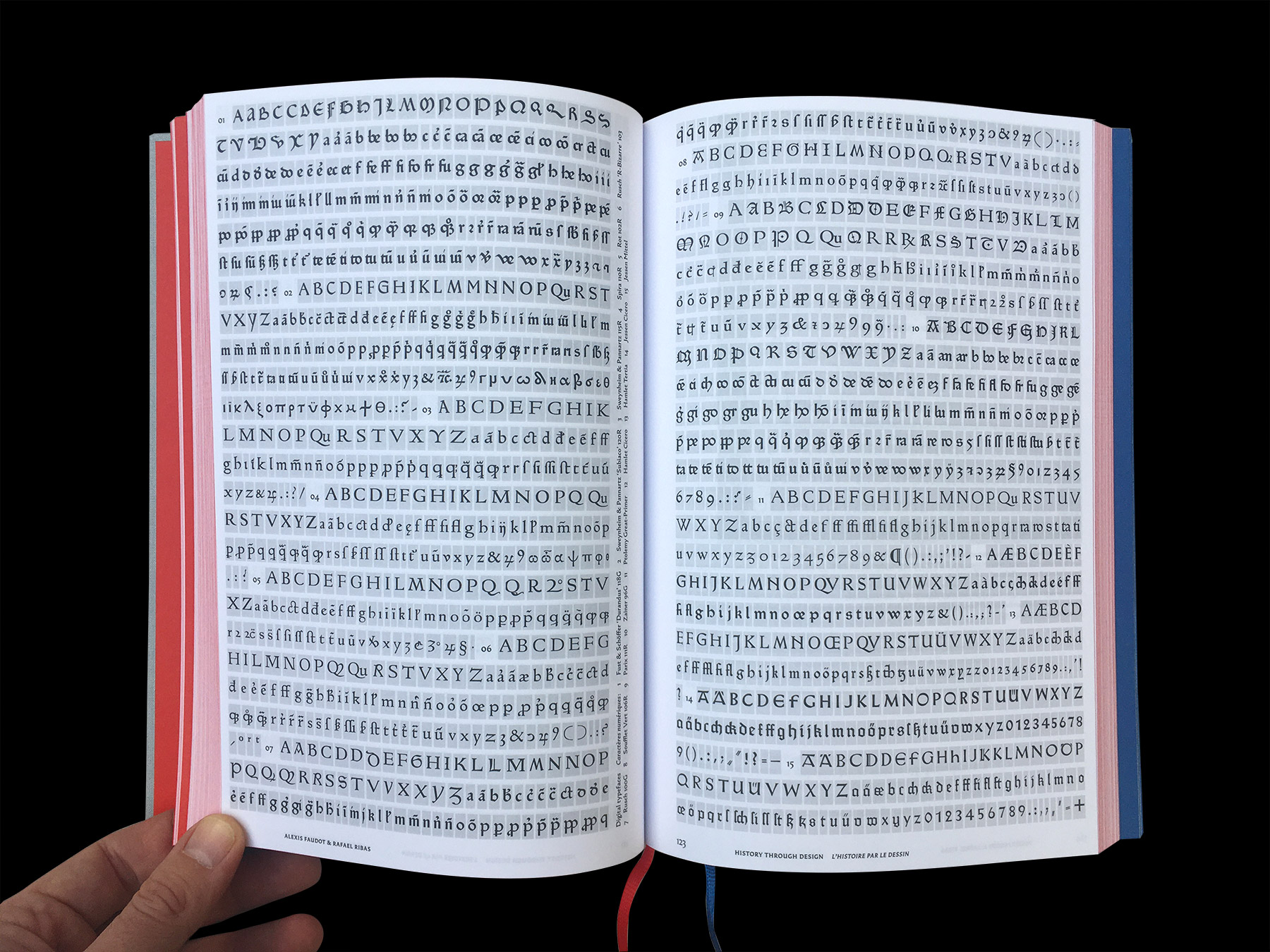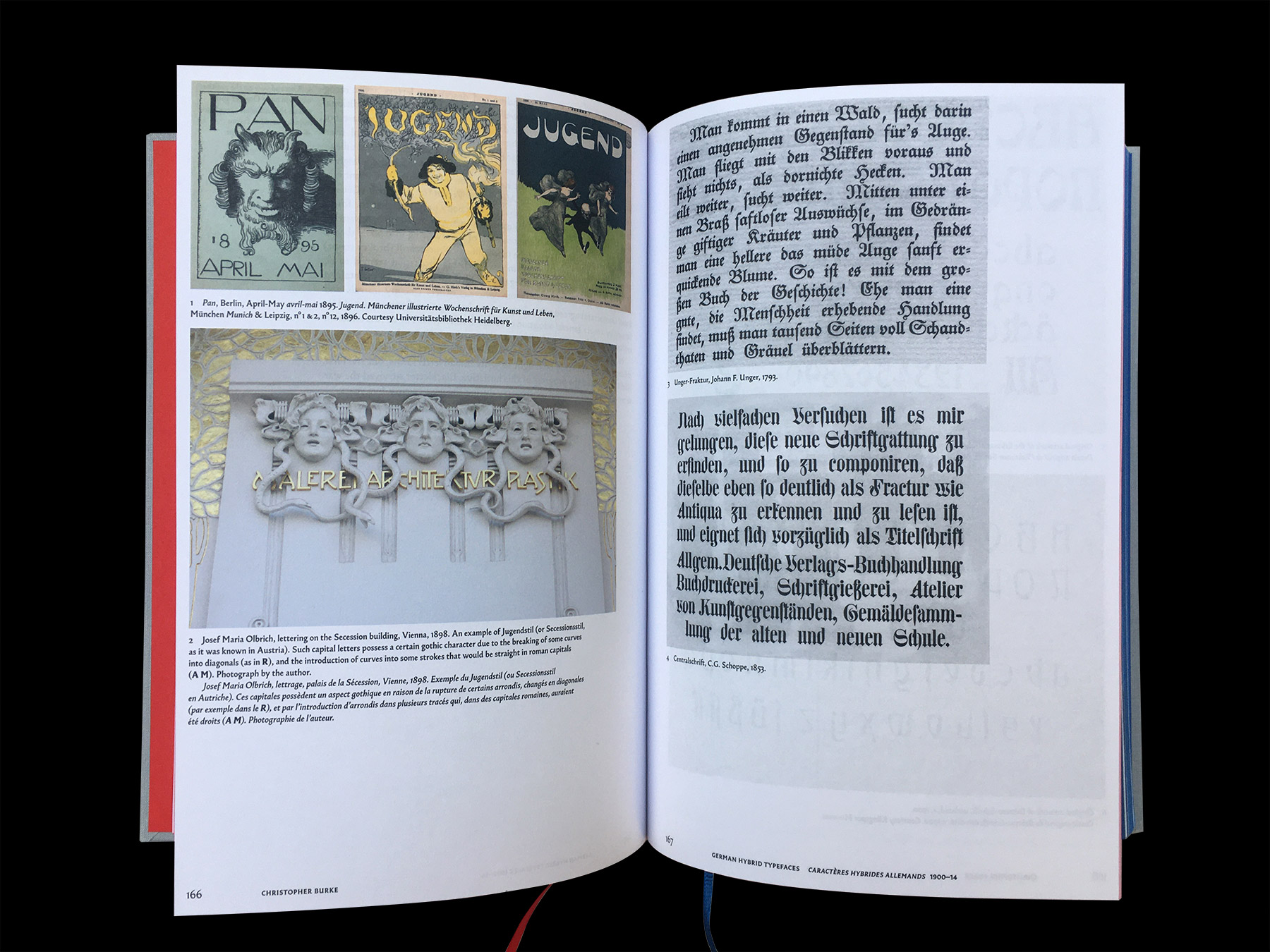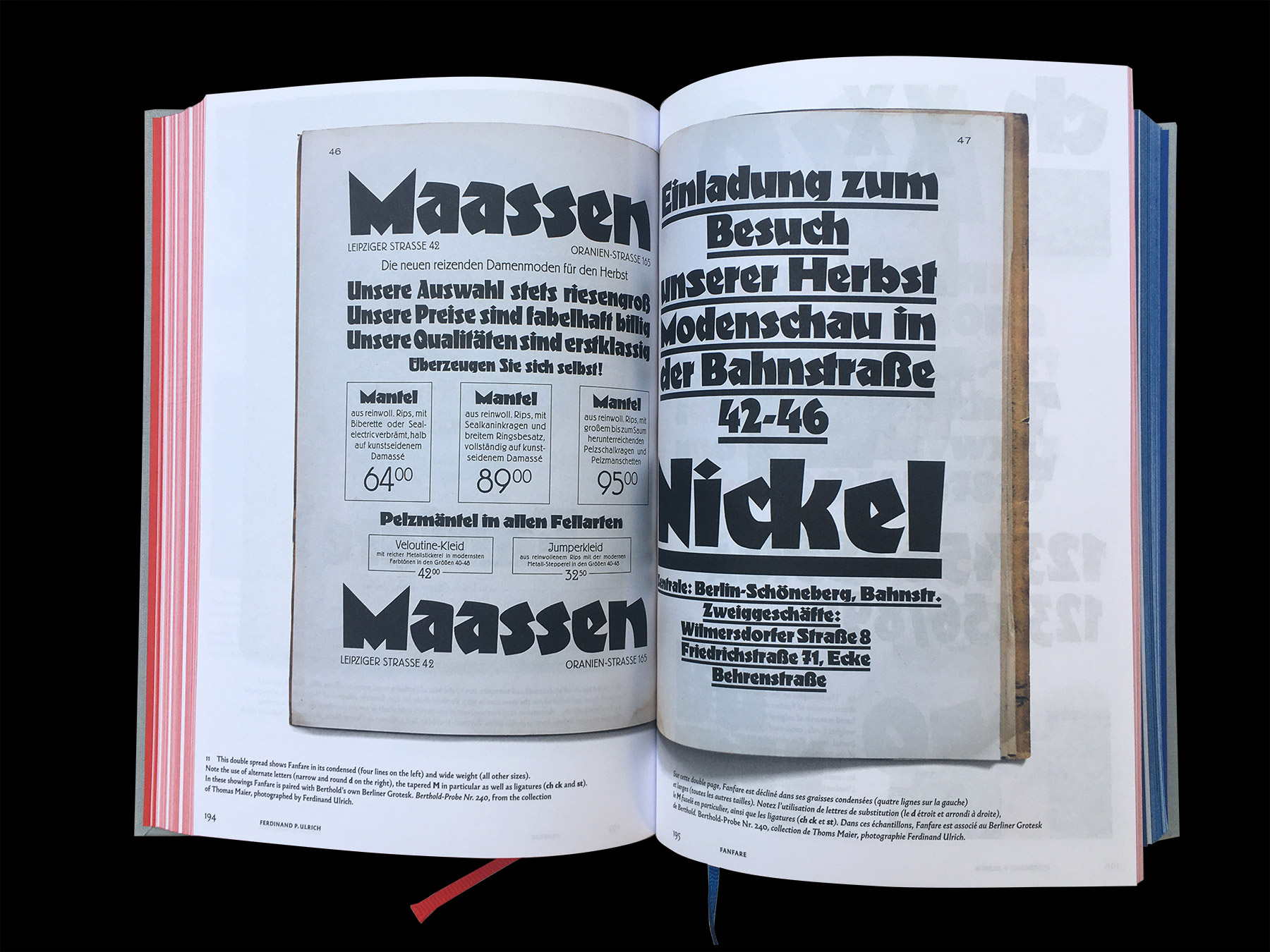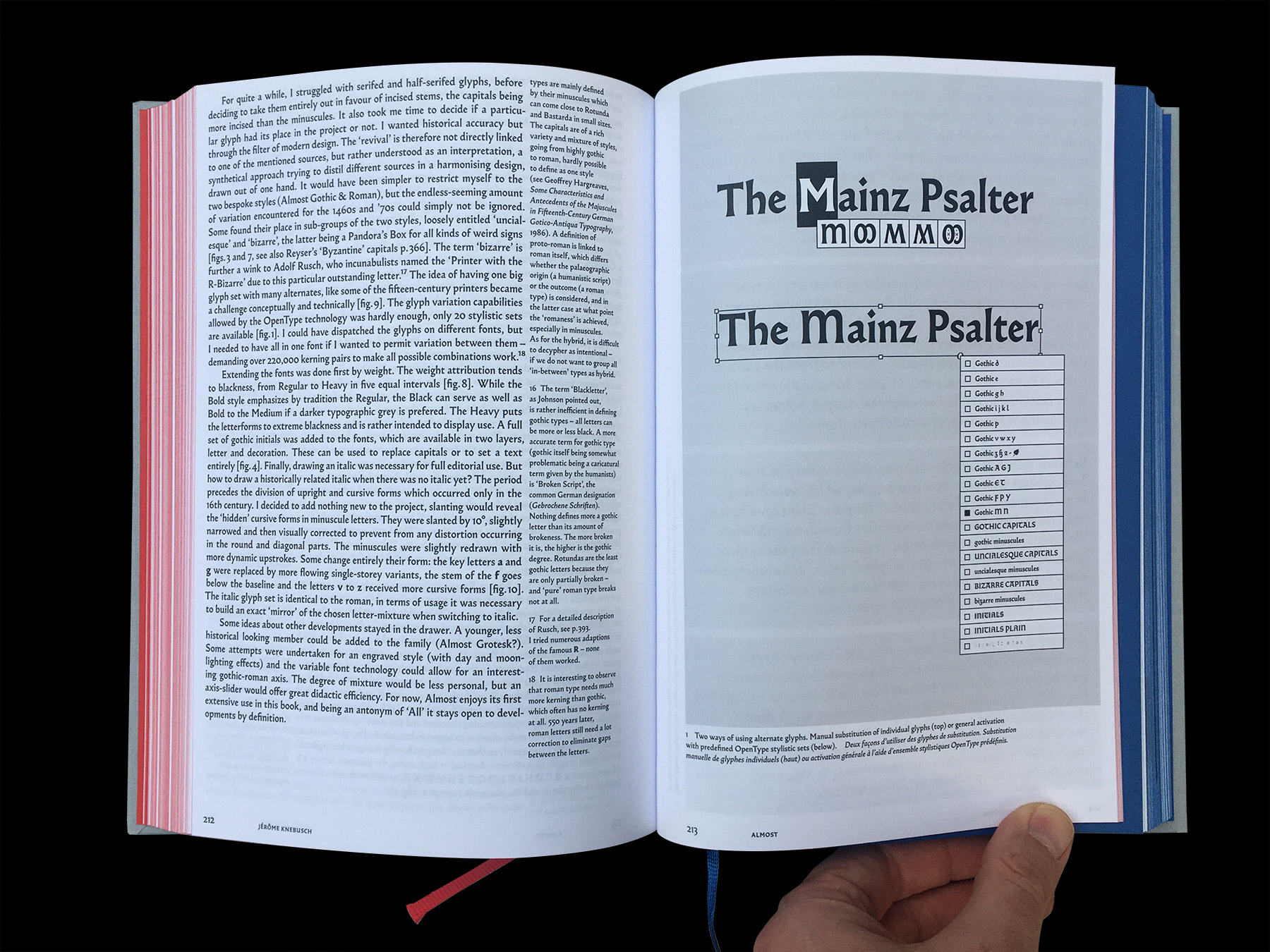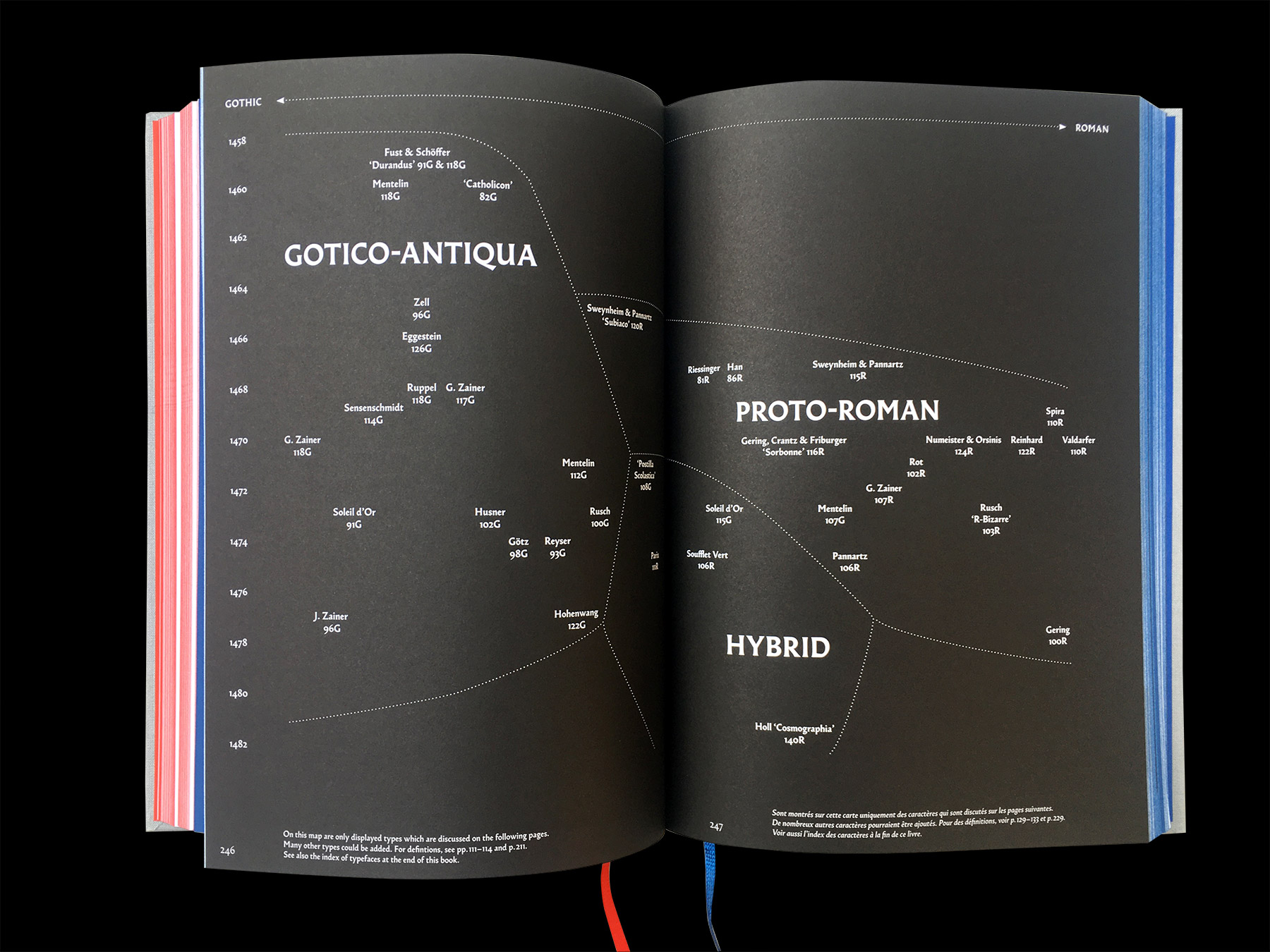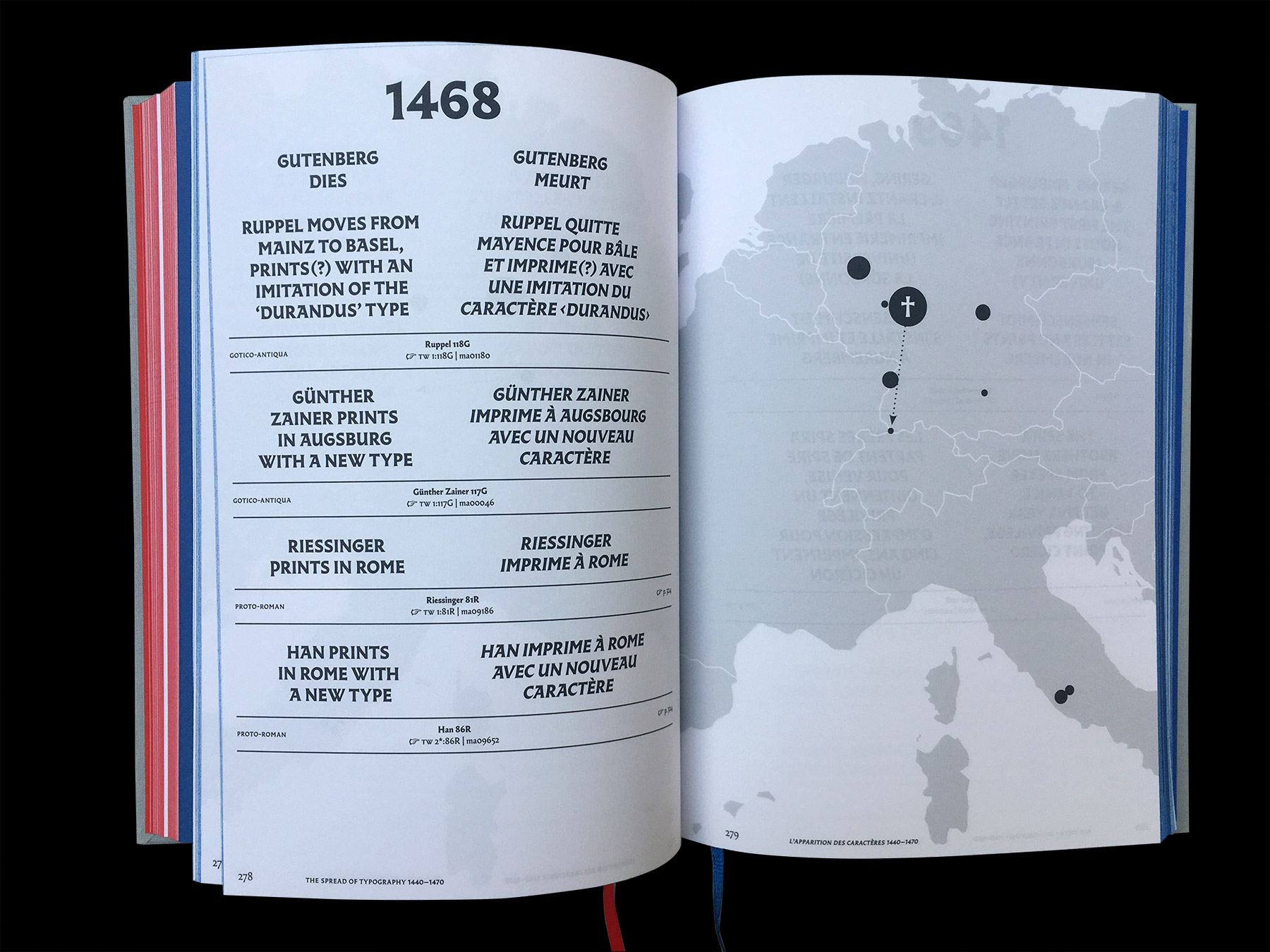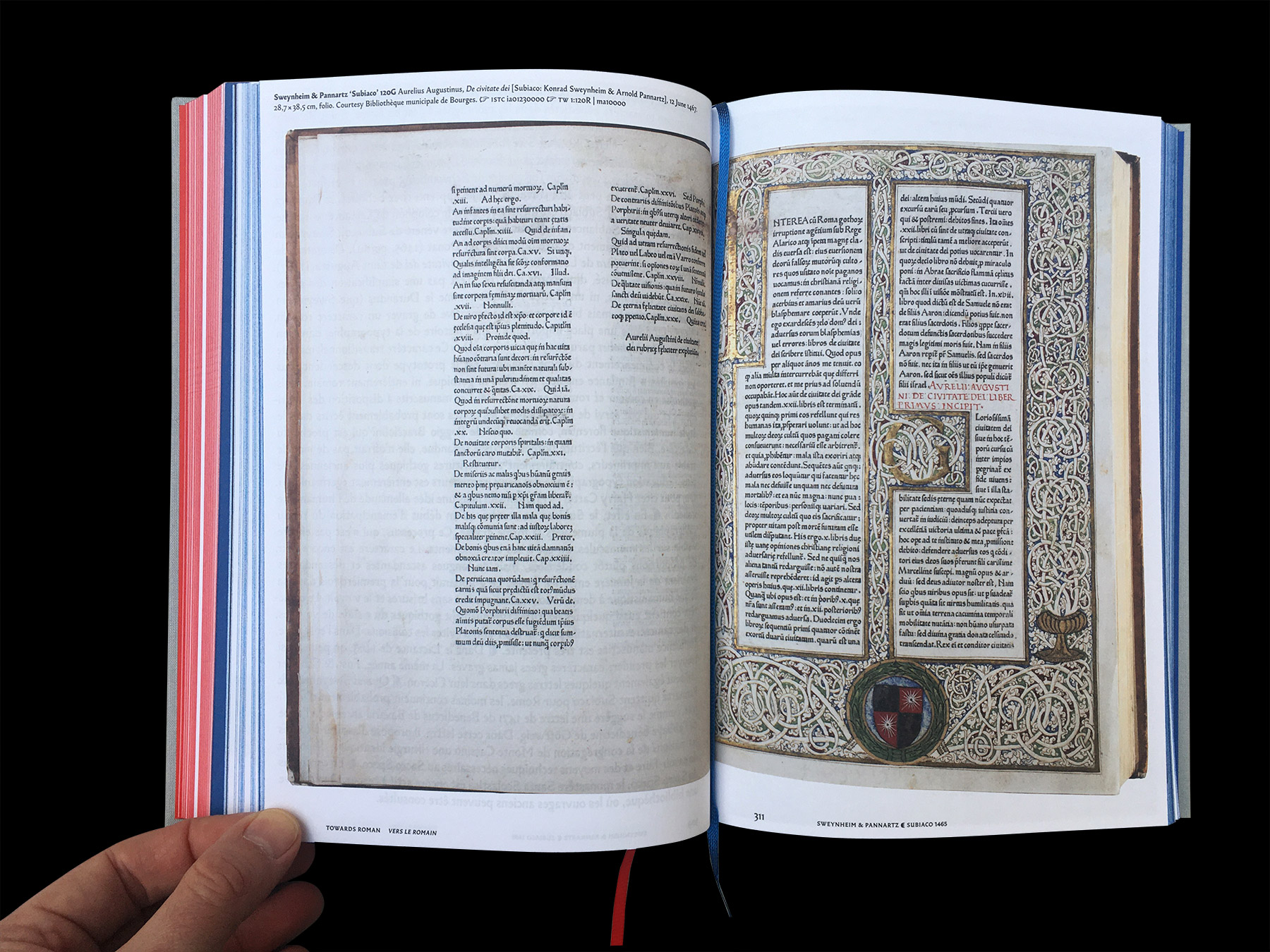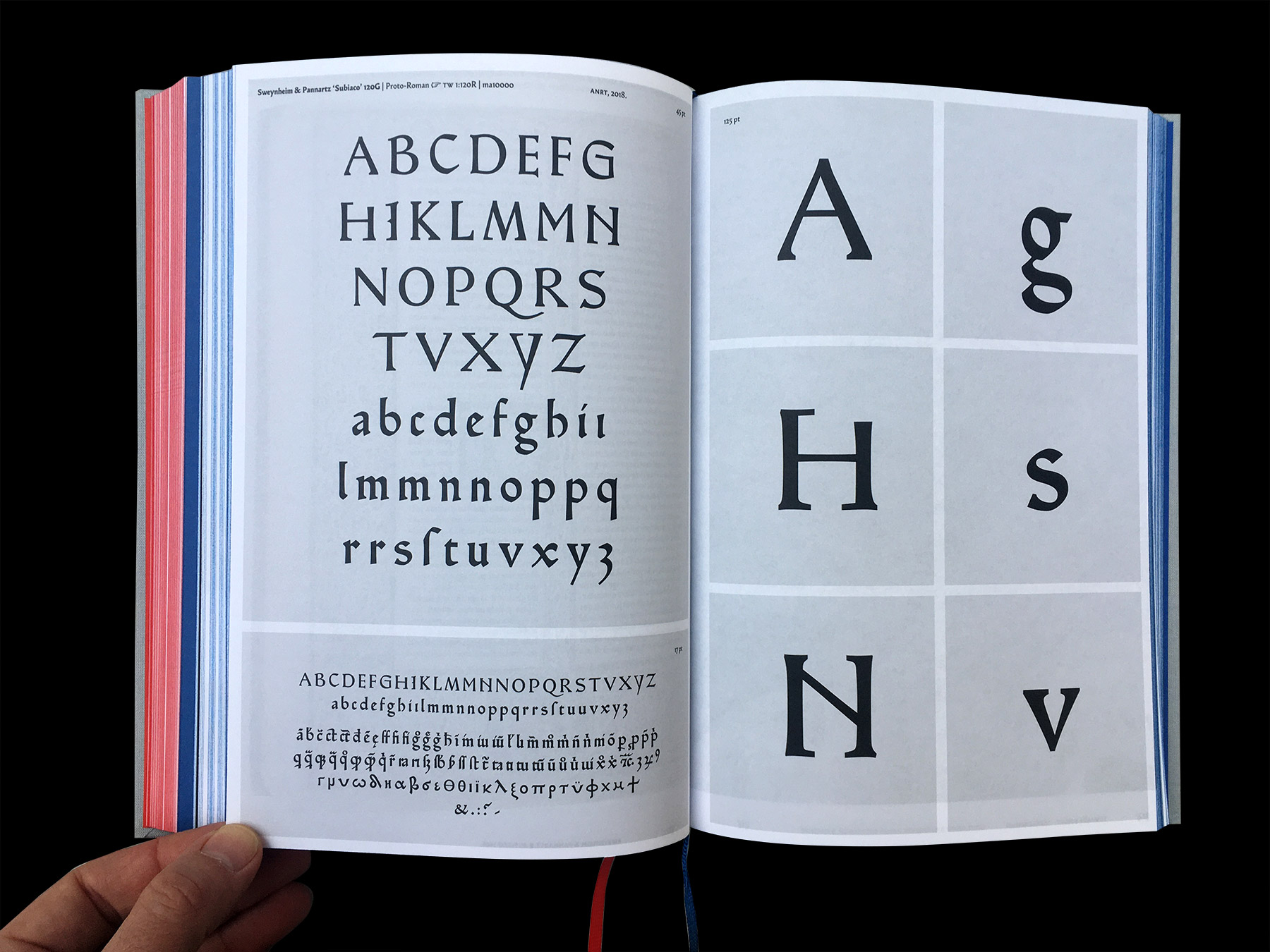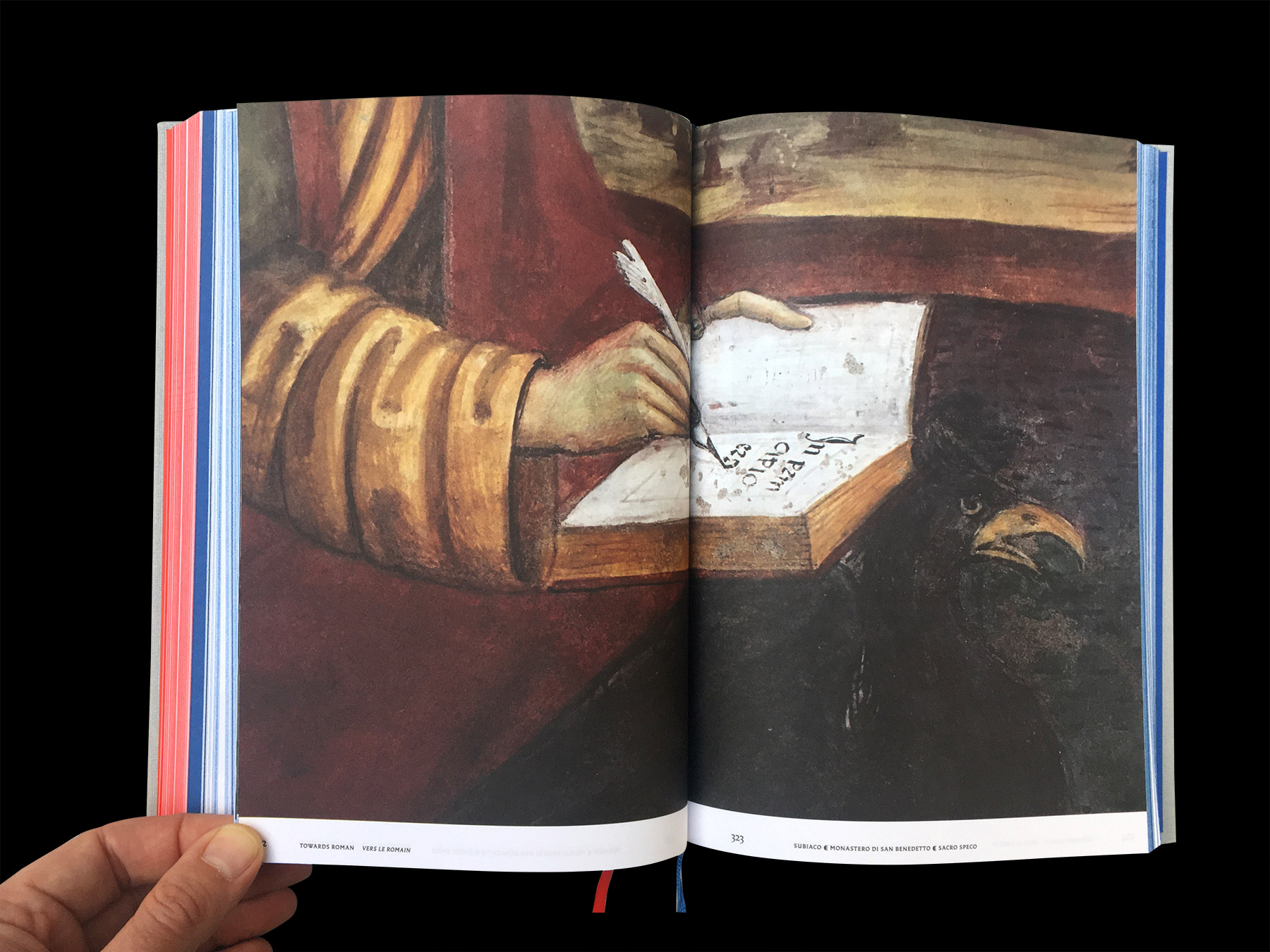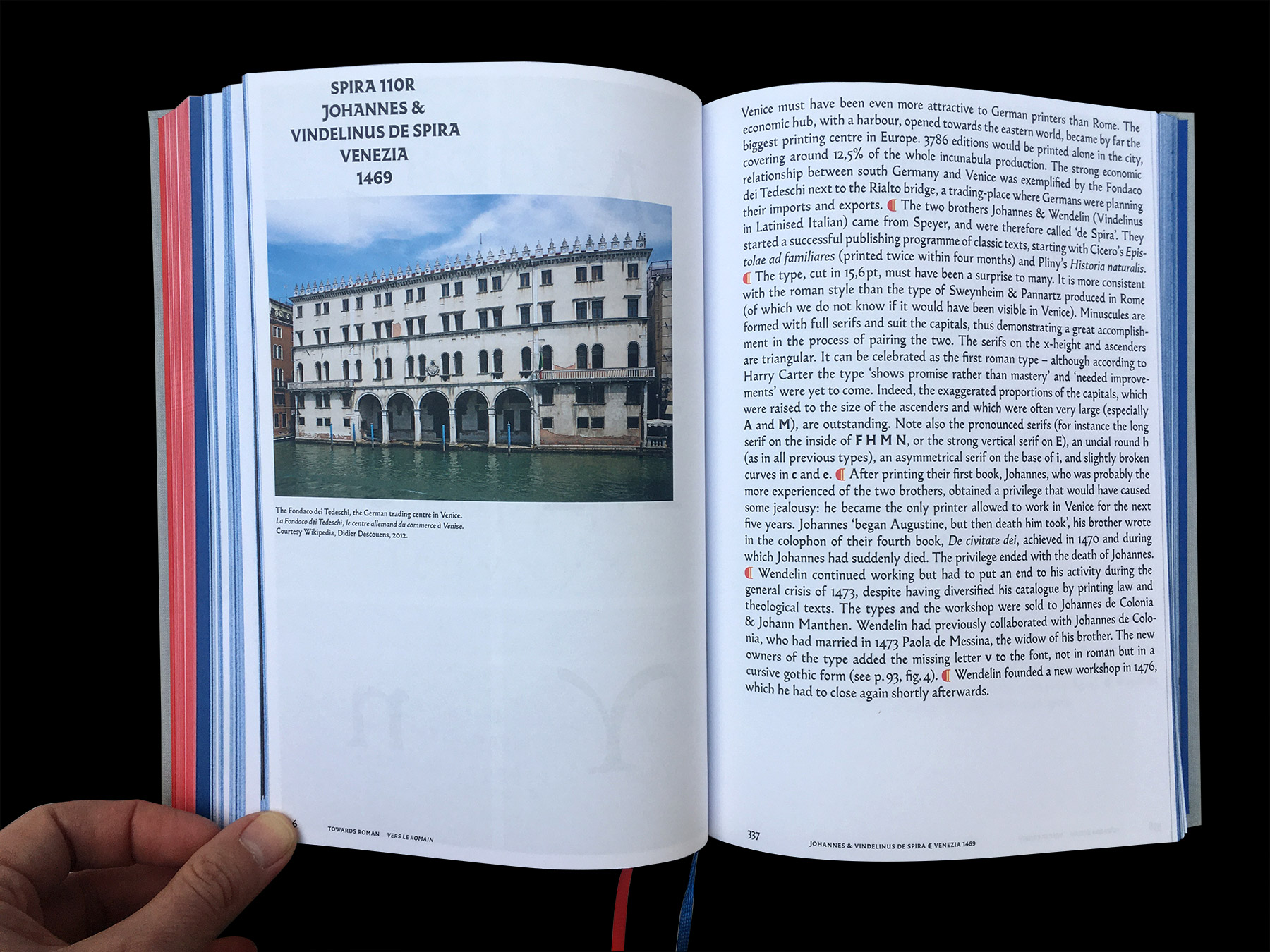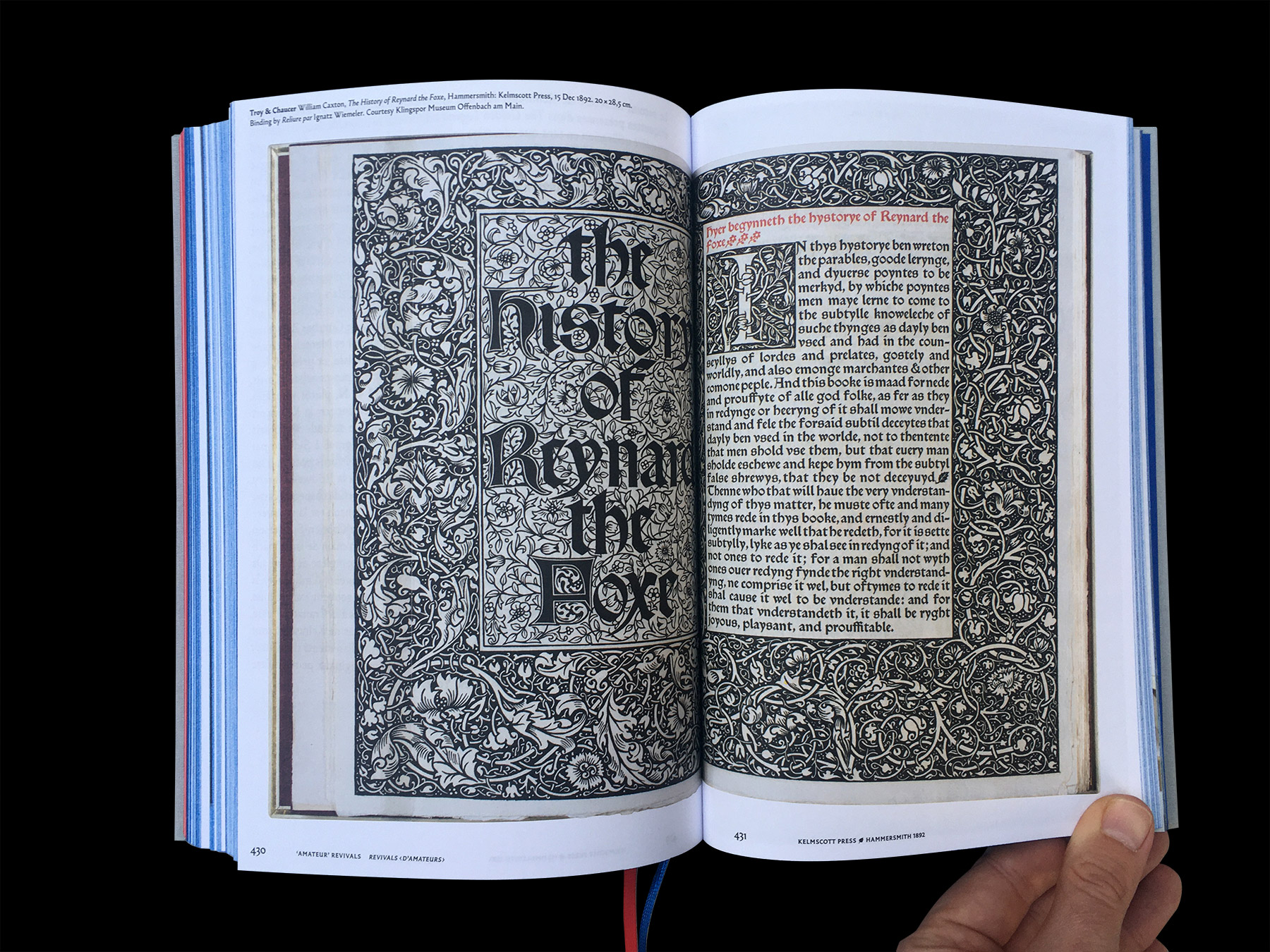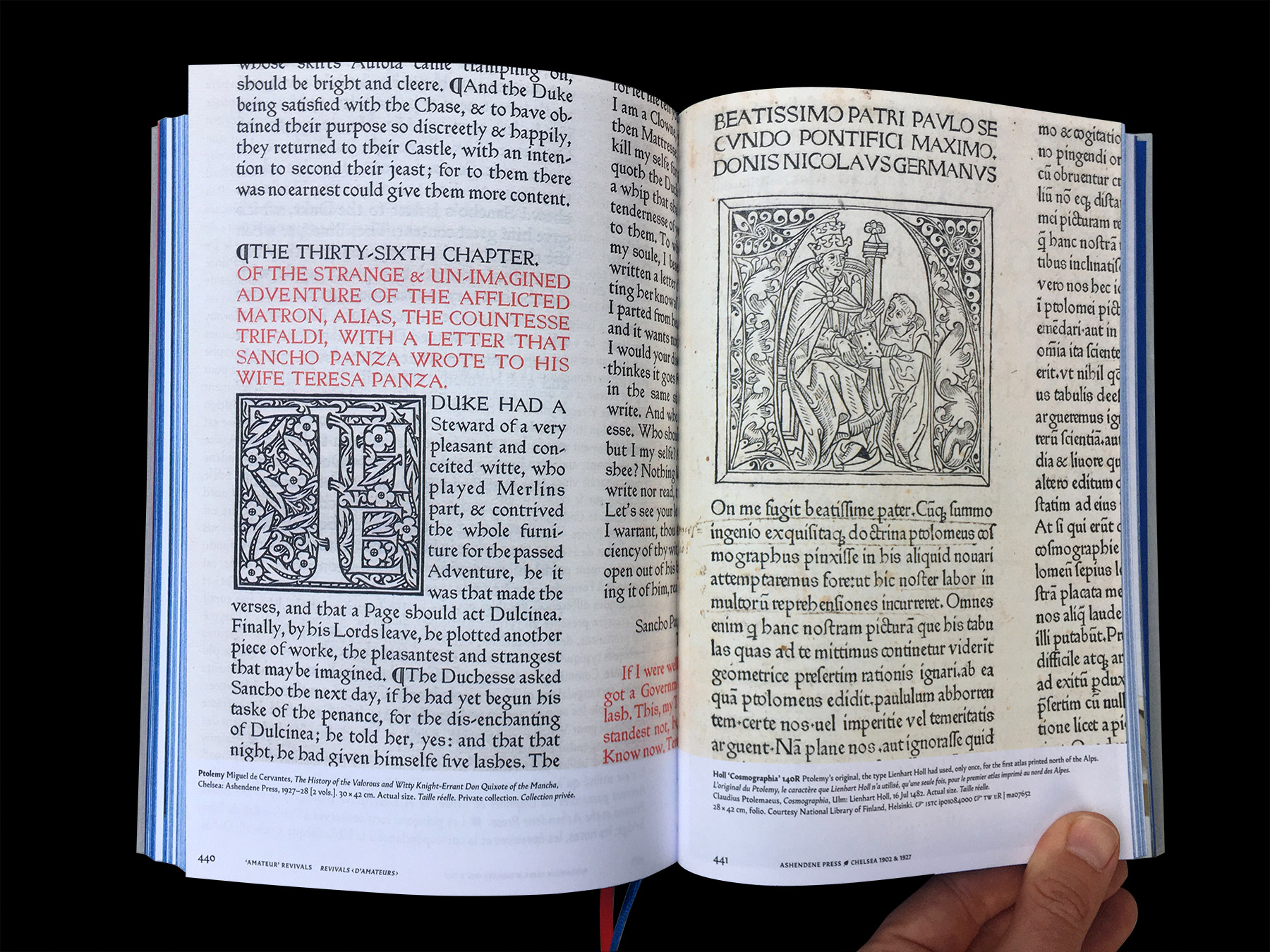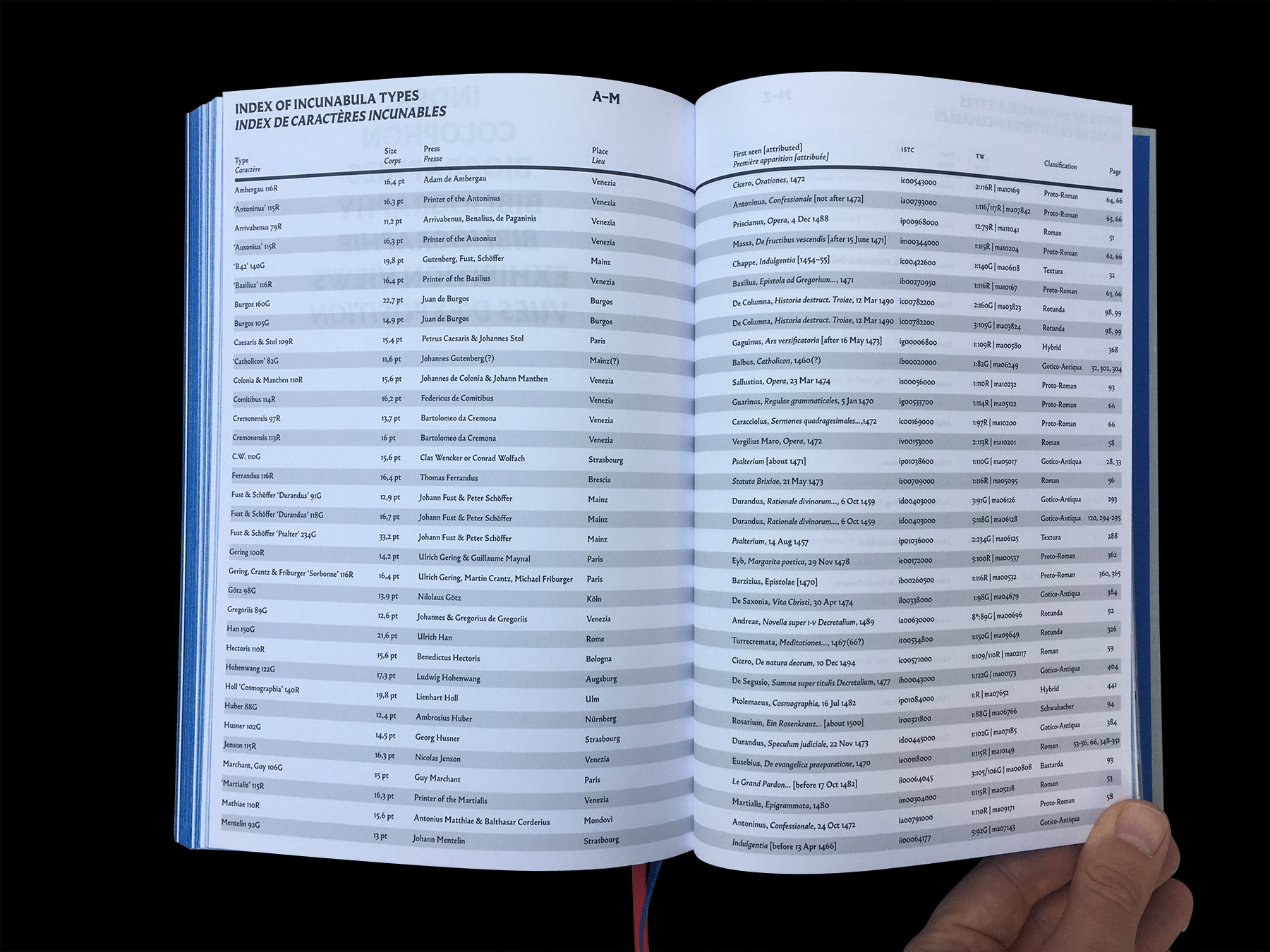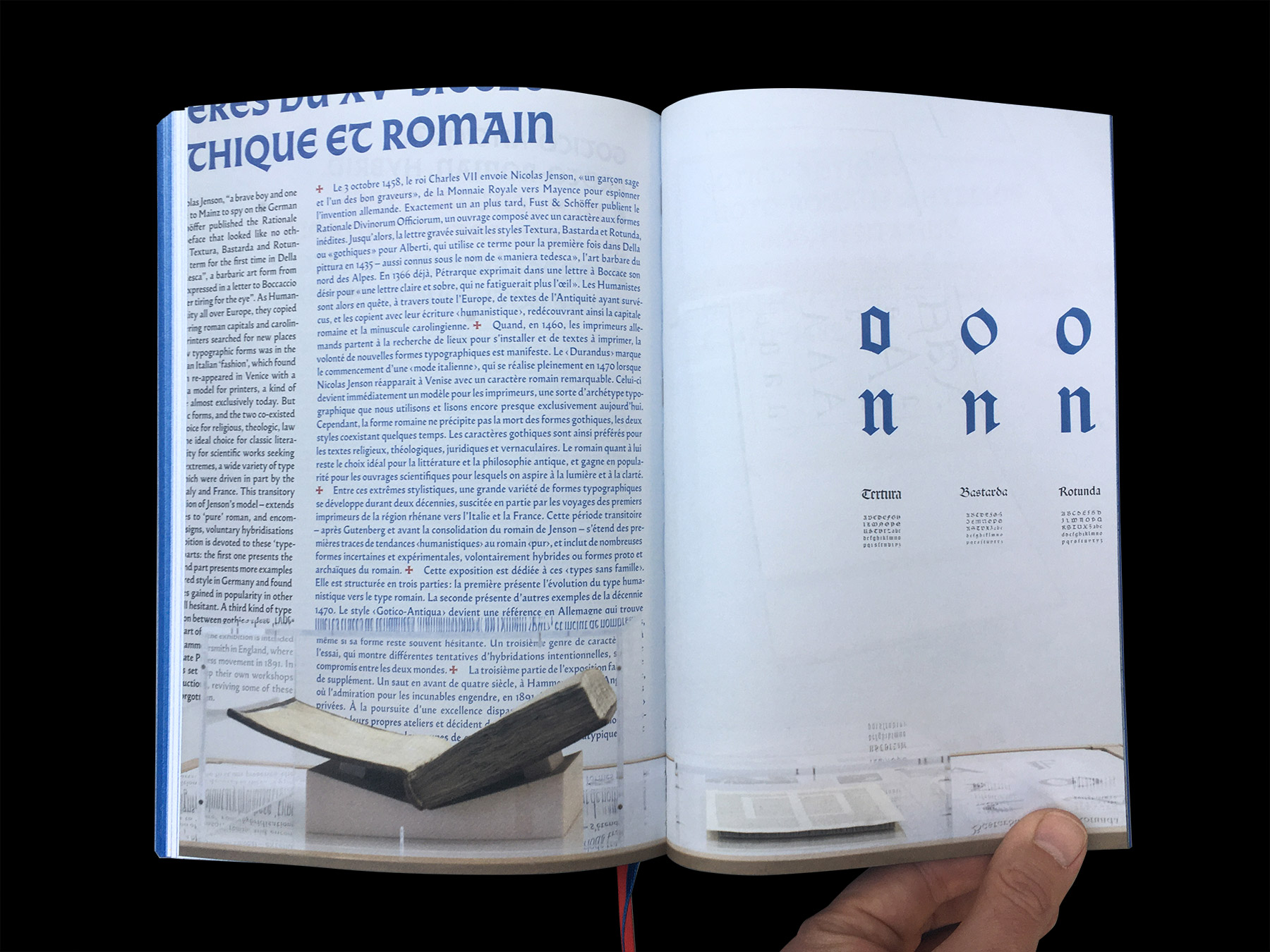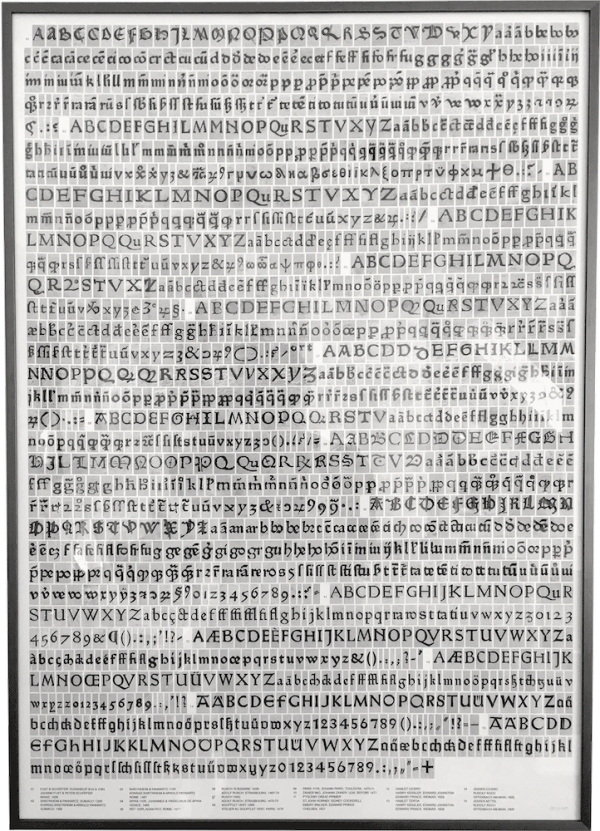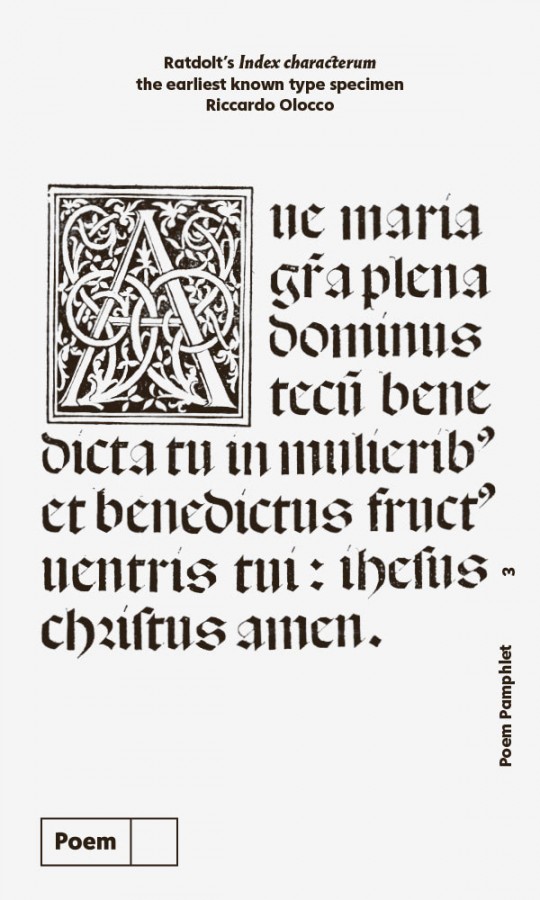AboutX
Poem is an independent publisher of editions and typefaces directed by Jérôme Knebusch and located in Frankfurt am Main. The editions – artworks, typefaces, books, pamphlets, posters – are often based on longer research and seek originality and quality in production. They are distributed exclusively on this website and shipped worldwide.
Poem is an independent publisher of editions and typefaces directed by Jérôme Knebusch and located in Frankfurt am Main. The editions – artworks, typefaces, books, pamphlets, posters – are often based on longer research and seek originality and quality in production. They are distributed exclusively on this website and shipped worldwide.
AuthorsX
Christopher Burke
Christopher Burke is a typographer, type designer and design historian. His principal area of research is twentieth-century graphic design. He has written two books: Paul Renner: the art of typography (1998) and Active literature: Jan Tschichold and New Typography (2007), both published by Hyphen Press. He has designed four typefaces: Celeste, Celeste Sans, Pragma and Parable. Burke is Associate Professor at the Department of Typography & Graphic Communication, University of Reading, UK, and Research Fellow at the Vienna Circle Institute, University of Vienna. → View editions
François Chastanet
François Chastanet (1975), is an architect, graphic and type designer, co-founder of the Bordeaux-based TypoMorpho studio, France. Teaches typography and letter design at Institut Supérieur des Arts de Toulouse / isdaT. He explores the relations between urbanism, architecture and written signs in a culturally globalized world, from institutional wayfinding systems to emerging handwritten productions. He writes about contemporary letterforms in public space, focusing on the evolution of the Latin alphabet’s shapes in South and North American megalopolises in the late 20th century. → View editions
Oliver Deloignon
Olivier Deloignon, holds a PhD in book & typography history, teaches at HEAR Strasbourg and is an associate professor in typography and editorial engineering at the University of Strasbourg. In 2010 he founded and has since directed the De traits et d’esprit laboratory devoted to research into printed artefacts. He was an expert consultant for the Gutenberg film (Arte, 2017) and is director of the collection devoted to the art of the book at Imprimerie Nationale éditions (Actes Sud). He has directed, written, co-written, edited or published numerous articles and books. → View editions
Agnès Geoffray
Taking the position of an iconographer, French photographer Agnès Geoffray (1973) seeks, elaborates and reactivates images. Through staging, reappropriation, photographic or textual associations, she unveils a world of tensions – underlying and mysterious. Agnès Geoffray graduated from the schools of fine arts in Lyon and Paris. She was in residencies at Rijksakademie in Amsterdam and at the Villa Medici in Rome. She works withGalerie Maubert, Paris. → View editions
Tom Gourdie
Tom Gourdie (1913-2005) was a prominent Scottish calligrapher, artist and teacher. He was the author of several books, mainly on subject matter related to calligraphy. He remained active in his field until his death in Kirkcaldy at the age of 91, coaching his nurses and carers in how to hold a pen. He loved music, collected recordings and played the trombone and the French horn. → View editions
Jérôme Knebusch
Jérôme Knebusch (Franco-German, 1978) works mainly on visual identity, book and type design projects, as author or independently for cultural institutions. Additional practices are research, curating and teaching. He teaches at École supérieure d'art de Lorraine Metz and Atelier National de Recherche Typographique Nancy. He founded and operates Poem since 2019. → View editions
Rudolf Koch
Rudolf Koch (1876-1934) is one of the most important German artists of the early 20th century. He was the principal type designer at the Klingspor foundry in Offenbach am Main. Known for his typefaces Kabel or Neuland, Koch did not restrict himself to cutting and designing type. He was intensively teaching at the Arts and Crafts School (now HfG Offenbach) and directed a 'Werkstatt', a workshop involving many collaborators like Fritz Kredl, Berthold Wolpe and Warren Chappell. → View editions
Martina Meier
Since completing apprenticeships as a polygrapher and graphic designer in 2011, Martina Meier has been working for brand agencies, design studios and book publishers. She studied type design at ZDdK Zurich where she graduated with a master's degree in 2018. She then founded her design studio Bureau Mia in Zurich. → View editions
Fanette Mellier
Fanette Mellier (1977) graduated from the École supérieure des arts décoratifs de Strasbourg (now HEAR), and began working in Paris as a graphic designer in the early 2000s. She has taken on a wide range of commissions in the cultural and artistic fields, for institutions such as the Centre Pompidou and the Théâtre de la Comédie de Clermont, and for companies such as Hermès. At the same time, she initiates projects that allow her to experiment with the printed object on different scales. She is the author of numerous graphic books. Fanette Mellier was a resident at the Villa Médicis in Rome, and is a Chevalière des Arts et des Lettres. → View editions
Sébastien Morlighem
Sébastien Morlighem is a teacher & researcher at the École supérieure d’art et de design d’Amiens in France.. A founder of the Bibliothèque typographique for Ypsilon Éditeur, he has coauthored several books & written many articles. He has also curated several conferences & exhibitions on graphic design, typography, & type design. He holds a PhD from the University of Reading (UK). → View editions
Khải Quang Nguyễn
Khải Quang Nguyễn (2000) is a Vietnamese type and graphic designer. His work explores the cultural and historical layers of Vietnamese typography, blending research, storytelling, and design. He created the typeface Phông during his research residency at Atelier National de Recherche Typographique (F) between 2023 and 2025. → View editions
Sandrine Nugue
Sandrine Nugue (1985) is an independent type & graphic designer based in Montpellier. She has published the typefaces Infini (Centre National des Arts Plastiques.), Injurial (205TF), Orientation and Moulin (Commercial Type) and Camelion (OH no Type). Some of her typefaces received the Certificate of Excellence by the Type Directors Club of New York. In 2018, she organized a dance performance with Fotokino on the Piazza at the Centre Pompidou, Paris. She continued her interest in dance through her research on the dancer Jean-Etienne Despréaux (1748-1820). → View editions
Randi Nygård
Randi Nygård (1977) is a Norwegian artist living in Oslo. She holds an MFA from the Art Academy in Trondheim. Her work often departs from scientific facts about how nature influences and is a fundamental part of society and culture. Her work has been exhibited at institutions nationally and internationally. She ocationally writes about art and nature and is a member of the interdiciplinary and ecological artproject Ensayos. → View editions
Riccardo Olocco
Riccardo Olocco is a type designer and member of CAST — Cooperativa Anonima Servizi Tipografici. Besides designing, he’s a researcher in the history of type and typography combining bibliographical knowledge with detailed analysis of letterforms. He has recently delivered a PhD thesis at the University of Reading concerning 15th-century Venetian roman types. When taking there an MA in typeface design he also fell in love with Bengali script. Prior to this he was a lecturer at the University of Bolzano. He currently lives in Bolzano, in northern Italy. → View editions
Éloïsa Pérez
Éloïsa Pérez is a graphic designer and typographer who graduated from the École nationale supérieure des arts décoratifs in Paris. Specialised in editorial design, she works in the various fields of contemporary publishing. Her PhD (CELSA, Sorbonne-Université and ANRT, Nancy) deals with the use of typography in the teaching of handwriting in nursery schools. It is based on the development of her typographic device entitled 'Prélettres', intended to develop the graphic gesture of very young children. → View editions
Constantin Pfeiffer
Constantin Pfeiffer's passion for type design is based on a fascination for typography that evolved during his communication design studies at Hochschule Darmstadt. Despite type design, Constantin works in UX/UI design in his residence Berlin. → View editions
Étienne Pressager
Étienne Pressager is a French artist born 1958 in Épinal. He is represented by the art galleries Aline Vidal, Paris, Yves Iffrig, Strasbourg and Martagon, Malaucène. He teaches at École Nationale Supérieure d’Art et de Design in Nancy and lives and works in Malzéville. → View editions
Rafael Ribas
Rafael Ribas (1990) is an independent designer based in Paris. He completed his type design studies at École Estienne under Franck Jalleau, before working with Alexis Faudot on the Gotico-Antiqua project at Atelier National de Recherche Typographique in Nancy. He designed the new custom typeface for the renowned Musée d’Orsay with zoo, designers graphiques agency in Paris. Today he works on narratives for brands, media, and institutions with Bureau de typographie which he co-founded, working for Vogue, Interlope magazine or Louis Vuitton. Drama is his first retail typeface. → View editions
Julien Van Anholt
A publisher and poet, Julien Van Anholt is also conducting a research into hand-painted intertitles in silent films (begun in 2021 at Atelier National de Recherche Typographique, Nancy). He lives and works in Paris, where he runs, ISTI MIRANT STELLA, writes stanzas and sends by post discreet magazines. → View editions
Yoann De Roeck
Born in Brittany in 1978, Yoann De Roeck graduated from the École Estienne (Paris) and then studied at the Atelier national de recherche typographique (ANRT, Nancy). In 2004, he was a resident at the French Academy in Rome, Villa Medici. From 2005 to 2011, he was art director of the Marge Design agency in Paris. Since then, he has been working as a freelance designer, teaching for 6 years (Esad Amiens) and lecturing frequently at the University of Paris Saint-Cloud. He is currently writing a thesis on 'fishing figures' (EPHE/ANRT). → View editions
Dan Reynolds
Dan Reynolds is a design historian based in Krefeld, where he teaches typography at the Hochschule Niederrhein. Since receiving a doctorate from the Braunschweig University of Art in 2019, he has focused his research on the history of the H. Berthold AG, particularly before 1914. Yet, Gebr. Klingspor will always be his favorite of the old foundries. Before turning to research, Dan worked as a marketer and type designer for several digital foundries and font-reselling services. → View editions
Alice Savoie
Alice Savoie is an independent type designer and researcher based in France. She holds an MA and a PhD from the University of Reading. Her recent type design work includes Faune, an award-winning typeface commissioned by the French Ministry of Culture, Romain 20 (205TF) and Lucette (Future Fonts). She was the lead post-doctoral researcher on the ‘Women in Type’ research project. She teaches at ANRT Nancy (France) and Écal Lausanne (Switzerland). → View editions
Type class EESAB Rennes
Reviving Ange Degheest was collectively written in Benjamin Gomez's type design class at EESAB Rennes by Eugénie Bidaut, Oriane Charvieux, Anaïs Déal, Luna Delabre, Camille Depalle, Mandy Elbé, Justine Herbel and May Jolivet. Degheest's digital revivals can be downloaded on the type class' own foundry U+270D. → View editions
Philippe Tytgat
Philippe Tytgat (1980) is an independent French graphic & motion designer living in Nancy. He has studied at École nationale supérieure d'art et de design Nancy. He works mainly in cultural and musical sectors, creating visual identities and animations. → View editions
Ferdinand P. Ulrich
Ferdinand P. Ulrich (1987) is a Berlin-based typographer, design researcher, consultant and occasional type designer. He pursues a PhD at the University of Reading, researching the discourse during transitional phases of early digital type design. From 2012 to 2015 he was an associate lecturer at the University of Art and Design in Halle/Saale and has regularly been engaged in design education since, with emphasis on graphic design, typography and type design. → View editions
Nikolaus Weichselbaumer
Dr. Nikolaus Weichselbaumer heads the research project ‘Developing automatic font recognition and model repository for OCR-D’ at the University of Mainz. He received his PhD in book studies from Friedrich Alexander-University Erlangen-Nuremberg with a thesis on the work of Hermann Zapf. His main research areas are the history of typography, reading and the early book trade. → View editions
Edvinas Žukauskas
Edvinas Žukauskas (1986) is a Lithuanian born graphic artist who lives and works in Offenbach Germany. In his creative practice, which ranges from painting to type design, he often explores the visual outcome of language. Žukauskas is an alumnus of Vilnius art Academy and a student at the Hochschule für Gestaltung Offenbach. → View editions
Christopher Burke
Christopher Burke is a typographer, type designer and design historian. His principal area of research is twentieth-century graphic design. He has written two books: Paul Renner: the art of typography (1998) and Active literature: Jan Tschichold and New Typography (2007), both published by Hyphen Press. He has designed four typefaces: Celeste, Celeste Sans, Pragma and Parable. Burke is Associate Professor at the Department of Typography & Graphic Communication, University of Reading, UK, and Research Fellow at the Vienna Circle Institute, University of Vienna. → View editions
François Chastanet
François Chastanet (1975), is an architect, graphic and type designer, co-founder of the Bordeaux-based TypoMorpho studio, France. Teaches typography and letter design at Institut Supérieur des Arts de Toulouse / isdaT. He explores the relations between urbanism, architecture and written signs in a culturally globalized world, from institutional wayfinding systems to emerging handwritten productions. He writes about contemporary letterforms in public space, focusing on the evolution of the Latin alphabet’s shapes in South and North American megalopolises in the late 20th century. → View editions
Oliver Deloignon
Olivier Deloignon, holds a PhD in book & typography history, teaches at HEAR Strasbourg and is an associate professor in typography and editorial engineering at the University of Strasbourg. In 2010 he founded and has since directed the De traits et d’esprit laboratory devoted to research into printed artefacts. He was an expert consultant for the Gutenberg film (Arte, 2017) and is director of the collection devoted to the art of the book at Imprimerie Nationale éditions (Actes Sud). He has directed, written, co-written, edited or published numerous articles and books. → View editions
Agnès Geoffray
Taking the position of an iconographer, French photographer Agnès Geoffray (1973) seeks, elaborates and reactivates images. Through staging, reappropriation, photographic or textual associations, she unveils a world of tensions – underlying and mysterious. Agnès Geoffray graduated from the schools of fine arts in Lyon and Paris. She was in residencies at Rijksakademie in Amsterdam and at the Villa Medici in Rome. She works withGalerie Maubert, Paris. → View editions
Tom Gourdie
Tom Gourdie (1913-2005) was a prominent Scottish calligrapher, artist and teacher. He was the author of several books, mainly on subject matter related to calligraphy. He remained active in his field until his death in Kirkcaldy at the age of 91, coaching his nurses and carers in how to hold a pen. He loved music, collected recordings and played the trombone and the French horn. → View editions
Jérôme Knebusch
Jérôme Knebusch (Franco-German, 1978) works mainly on visual identity, book and type design projects, as author or independently for cultural institutions. Additional practices are research, curating and teaching. He teaches at École supérieure d'art de Lorraine Metz and Atelier National de Recherche Typographique Nancy. He founded and operates Poem since 2019. → View editions
Rudolf Koch
Rudolf Koch (1876-1934) is one of the most important German artists of the early 20th century. He was the principal type designer at the Klingspor foundry in Offenbach am Main. Known for his typefaces Kabel or Neuland, Koch did not restrict himself to cutting and designing type. He was intensively teaching at the Arts and Crafts School (now HfG Offenbach) and directed a 'Werkstatt', a workshop involving many collaborators like Fritz Kredl, Berthold Wolpe and Warren Chappell. → View editions
Martina Meier
Since completing apprenticeships as a polygrapher and graphic designer in 2011, Martina Meier has been working for brand agencies, design studios and book publishers. She studied type design at ZDdK Zurich where she graduated with a master's degree in 2018. She then founded her design studio Bureau Mia in Zurich. → View editions
Fanette Mellier
Fanette Mellier (1977) graduated from the École supérieure des arts décoratifs de Strasbourg (now HEAR), and began working in Paris as a graphic designer in the early 2000s. She has taken on a wide range of commissions in the cultural and artistic fields, for institutions such as the Centre Pompidou and the Théâtre de la Comédie de Clermont, and for companies such as Hermès. At the same time, she initiates projects that allow her to experiment with the printed object on different scales. She is the author of numerous graphic books. Fanette Mellier was a resident at the Villa Médicis in Rome, and is a Chevalière des Arts et des Lettres. → View editions
Sébastien Morlighem
Sébastien Morlighem is a teacher & researcher at the École supérieure d’art et de design d’Amiens in France.. A founder of the Bibliothèque typographique for Ypsilon Éditeur, he has coauthored several books & written many articles. He has also curated several conferences & exhibitions on graphic design, typography, & type design. He holds a PhD from the University of Reading (UK). → View editions
Khải Quang Nguyễn
Khải Quang Nguyễn (2000) is a Vietnamese type and graphic designer. His work explores the cultural and historical layers of Vietnamese typography, blending research, storytelling, and design. He created the typeface Phông during his research residency at Atelier National de Recherche Typographique (F) between 2023 and 2025. → View editions
Sandrine Nugue
Sandrine Nugue (1985) is an independent type & graphic designer based in Montpellier. She has published the typefaces Infini (Centre National des Arts Plastiques.), Injurial (205TF), Orientation and Moulin (Commercial Type) and Camelion (OH no Type). Some of her typefaces received the Certificate of Excellence by the Type Directors Club of New York. In 2018, she organized a dance performance with Fotokino on the Piazza at the Centre Pompidou, Paris. She continued her interest in dance through her research on the dancer Jean-Etienne Despréaux (1748-1820). → View editions
Randi Nygård
Randi Nygård (1977) is a Norwegian artist living in Oslo. She holds an MFA from the Art Academy in Trondheim. Her work often departs from scientific facts about how nature influences and is a fundamental part of society and culture. Her work has been exhibited at institutions nationally and internationally. She ocationally writes about art and nature and is a member of the interdiciplinary and ecological artproject Ensayos. → View editions
Riccardo Olocco
Riccardo Olocco is a type designer and member of CAST — Cooperativa Anonima Servizi Tipografici. Besides designing, he’s a researcher in the history of type and typography combining bibliographical knowledge with detailed analysis of letterforms. He has recently delivered a PhD thesis at the University of Reading concerning 15th-century Venetian roman types. When taking there an MA in typeface design he also fell in love with Bengali script. Prior to this he was a lecturer at the University of Bolzano. He currently lives in Bolzano, in northern Italy. → View editions
Éloïsa Pérez
Éloïsa Pérez is a graphic designer and typographer who graduated from the École nationale supérieure des arts décoratifs in Paris. Specialised in editorial design, she works in the various fields of contemporary publishing. Her PhD (CELSA, Sorbonne-Université and ANRT, Nancy) deals with the use of typography in the teaching of handwriting in nursery schools. It is based on the development of her typographic device entitled 'Prélettres', intended to develop the graphic gesture of very young children. → View editions
Constantin Pfeiffer
Constantin Pfeiffer's passion for type design is based on a fascination for typography that evolved during his communication design studies at Hochschule Darmstadt. Despite type design, Constantin works in UX/UI design in his residence Berlin. → View editions
Étienne Pressager
Étienne Pressager is a French artist born 1958 in Épinal. He is represented by the art galleries Aline Vidal, Paris, Yves Iffrig, Strasbourg and Martagon, Malaucène. He teaches at École Nationale Supérieure d’Art et de Design in Nancy and lives and works in Malzéville. → View editions
Rafael Ribas
Rafael Ribas (1990) is an independent designer based in Paris. He completed his type design studies at École Estienne under Franck Jalleau, before working with Alexis Faudot on the Gotico-Antiqua project at Atelier National de Recherche Typographique in Nancy. He designed the new custom typeface for the renowned Musée d’Orsay with zoo, designers graphiques agency in Paris. Today he works on narratives for brands, media, and institutions with Bureau de typographie which he co-founded, working for Vogue, Interlope magazine or Louis Vuitton. Drama is his first retail typeface. → View editions
Julien Van Anholt
A publisher and poet, Julien Van Anholt is also conducting a research into hand-painted intertitles in silent films (begun in 2021 at Atelier National de Recherche Typographique, Nancy). He lives and works in Paris, where he runs, ISTI MIRANT STELLA, writes stanzas and sends by post discreet magazines. → View editions
Yoann De Roeck
Born in Brittany in 1978, Yoann De Roeck graduated from the École Estienne (Paris) and then studied at the Atelier national de recherche typographique (ANRT, Nancy). In 2004, he was a resident at the French Academy in Rome, Villa Medici. From 2005 to 2011, he was art director of the Marge Design agency in Paris. Since then, he has been working as a freelance designer, teaching for 6 years (Esad Amiens) and lecturing frequently at the University of Paris Saint-Cloud. He is currently writing a thesis on 'fishing figures' (EPHE/ANRT). → View editions
Dan Reynolds
Dan Reynolds is a design historian based in Krefeld, where he teaches typography at the Hochschule Niederrhein. Since receiving a doctorate from the Braunschweig University of Art in 2019, he has focused his research on the history of the H. Berthold AG, particularly before 1914. Yet, Gebr. Klingspor will always be his favorite of the old foundries. Before turning to research, Dan worked as a marketer and type designer for several digital foundries and font-reselling services. → View editions
Alice Savoie
Alice Savoie is an independent type designer and researcher based in France. She holds an MA and a PhD from the University of Reading. Her recent type design work includes Faune, an award-winning typeface commissioned by the French Ministry of Culture, Romain 20 (205TF) and Lucette (Future Fonts). She was the lead post-doctoral researcher on the ‘Women in Type’ research project. She teaches at ANRT Nancy (France) and Écal Lausanne (Switzerland). → View editions
Type class EESAB Rennes
Reviving Ange Degheest was collectively written in Benjamin Gomez's type design class at EESAB Rennes by Eugénie Bidaut, Oriane Charvieux, Anaïs Déal, Luna Delabre, Camille Depalle, Mandy Elbé, Justine Herbel and May Jolivet. Degheest's digital revivals can be downloaded on the type class' own foundry U+270D. → View editions
Philippe Tytgat
Philippe Tytgat (1980) is an independent French graphic & motion designer living in Nancy. He has studied at École nationale supérieure d'art et de design Nancy. He works mainly in cultural and musical sectors, creating visual identities and animations. → View editions
Ferdinand P. Ulrich
Ferdinand P. Ulrich (1987) is a Berlin-based typographer, design researcher, consultant and occasional type designer. He pursues a PhD at the University of Reading, researching the discourse during transitional phases of early digital type design. From 2012 to 2015 he was an associate lecturer at the University of Art and Design in Halle/Saale and has regularly been engaged in design education since, with emphasis on graphic design, typography and type design. → View editions
Nikolaus Weichselbaumer
Dr. Nikolaus Weichselbaumer heads the research project ‘Developing automatic font recognition and model repository for OCR-D’ at the University of Mainz. He received his PhD in book studies from Friedrich Alexander-University Erlangen-Nuremberg with a thesis on the work of Hermann Zapf. His main research areas are the history of typography, reading and the early book trade. → View editions
Edvinas Žukauskas
Edvinas Žukauskas (1986) is a Lithuanian born graphic artist who lives and works in Offenbach Germany. In his creative practice, which ranges from painting to type design, he often explores the visual outcome of language. Žukauskas is an alumnus of Vilnius art Academy and a student at the Hochschule für Gestaltung Offenbach. → View editions
OrderingX
Order
You can order as guest or create an account where you can store your adress and review your orders & invoices.
Payment
You can pay with Mastercard, Visa or American Express – or take contact for a bank transfer.
Payments are HTTPS encrypted and SSL secured and no credit card information is stored on the server.
The payment gateway integrates Stripe. You can also check out with PayPal if you prefer.
All licence purchases are one-time payments for perpetual use with no recurring fees.
Shipping
We ship worldwide and for free at 50€ in Germany, 100€ in the EU and 200€ in all other countries.
After you have completed your order you will recieve the confirmation and invoice by email.
You can download digital items directly after your purchase.
Physical items are sent with DHL, you will receive a notification when the order leaves the office.
Precious items – artworks, books, posters – are sent with tracking code, insurance and high quality packaging.
For any refused parcels or returned for wrong adress, eventual return shipping costs are at the charge of the customer.
Taxes
The prices exclude taxes, within EU 7% VAT applies on products and shipping costs.
Outside the EU no VAT applies, but local tax may apply at your charge by the post office.
Refunds
To be eligible for refund, pelase take contact before returning within 7 days after its arrival.
Refunds are possible only for unopend and unused items, and exclude shipping costs.
They have to be returned undamaged within 30 days and at your charge.
If you haven't received your order after 45 days, please take contact to be elligible for a refund.
All digital purchases are final and can not be refunded.
If defective and notified within 7 days, new files will be provided.
Privacy
We offer full privacy, this website does not track your visit and your personal information is kept confidential.
New clients are registered to an occasional newsletter from which you can opt-out any time.
Since our screen licences are unlimited in views/downloads you do not need to track your clients either.
Terms
Order
You can order as guest or create an account where you can store your adress and review your orders & invoices.
Payment
You can pay with Mastercard, Visa or American Express – or take contact for a bank transfer.
Payments are HTTPS encrypted and SSL secured and no credit card information is stored on the server.
The payment gateway integrates Stripe. You can also check out with PayPal if you prefer.
All licence purchases are one-time payments for perpetual use with no recurring fees.
Shipping
We ship worldwide and for free at 50€ in Germany, 100€ in the EU and 200€ in all other countries.
After you have completed your order you will recieve the confirmation and invoice by email.
You can download digital items directly after your purchase.
Physical items are sent with DHL, you will receive a notification when the order leaves the office.
Precious items – artworks, books, posters – are sent with tracking code, insurance and high quality packaging.
For any refused parcels or returned for wrong adress, eventual return shipping costs are at the charge of the customer.
Taxes
The prices exclude taxes, within EU 7% VAT applies on products and shipping costs.
Outside the EU no VAT applies, but local tax may apply at your charge by the post office.
Refunds
To be eligible for refund, pelase take contact before returning within 7 days after its arrival.
Refunds are possible only for unopend and unused items, and exclude shipping costs.
They have to be returned undamaged within 30 days and at your charge.
If you haven't received your order after 45 days, please take contact to be elligible for a refund.
All digital purchases are final and can not be refunded.
If defective and notified within 7 days, new files will be provided.
Privacy
We offer full privacy, this website does not track your visit and your personal information is kept confidential.
New clients are registered to an occasional newsletter from which you can opt-out any time.
Since our screen licences are unlimited in views/downloads you do not need to track your clients either.
Terms
LicencesX
Print
The Print Licence (also called Desktop) is a non-exclusive, non-transferable per user licence.
Multi-User licence are for different users within one legal entity and on one geographical location.
It is unlimited in time and in number of edited documents (texts, images, video non-broadcast).
The files are delivered in OpenType PS format and work in Apple and Windows systems.
Embedding in PDF files must be in read-only mode.
Web
The Web licence covers an non-exclusive, non-transferable dynamic use of self-hosted font files per website.
It is unlimited in time and visitors/page views. A licence is needed for each domain, which can include sub-domains.
The Web font files are delivered in WOFF and WOFF2 (TTF) format supported by modern browers.
The font files have to be installed on your server and used via a CSS style sheet.
You have to enshure that the font files are not hot-linked, and garanty a relative protection against illegal download.
App/eBook
The App/eBook licence is an non-exclusive, non-transferable per-title licence, unlimited in time and downloads.
It covers the embedding of the fonts for read-only purposes in either one eBook or interactive PDF or game or software or app.
The files are delivered in OpenType TTF format and work in multiple operating desktop and mobile systems.
The fonts may not be embedded directly in standalone electronic devices or any hardware.
Other licences
Seperate licences are needed and available upon request to install the font files on a server, an electronic device or any other hardware, the use in movie titles, TV broadcasting and for a product or identity of a corporation getting significant value (brands, logos).
Trials
You can test the fonts on this website, and find detailed information in the downloadable PDF specimen.
We offer trial fonts (limited character set, no features) for testing only purposes on demand.
Students can use trial fonts for non-commercial school projects.
Educational
Students can contact us with a valid ID card to benefit of a significant 50% discount.
Fonts are fully functional and licences continue to be valid after the studies.
Upgrades
Discounts apply by a growing number of users or different fonts within a font family (packs).
You can upgrade at any moment paying only the difference of the respective prices.
Restrictions
It is strictly forbidden to convert, transform, adapt, modify, transfert, distribute or resell the font files in any way.
Each licence is nominative and must be purchased directly by the respective user.
EULA
The Print Licence (also called Desktop) is a non-exclusive, non-transferable per user licence.
Multi-User licence are for different users within one legal entity and on one geographical location.
It is unlimited in time and in number of edited documents (texts, images, video non-broadcast).
The files are delivered in OpenType PS format and work in Apple and Windows systems.
Embedding in PDF files must be in read-only mode.
Web
The Web licence covers an non-exclusive, non-transferable dynamic use of self-hosted font files per website.
It is unlimited in time and visitors/page views. A licence is needed for each domain, which can include sub-domains.
The Web font files are delivered in WOFF and WOFF2 (TTF) format supported by modern browers.
The font files have to be installed on your server and used via a CSS style sheet.
You have to enshure that the font files are not hot-linked, and garanty a relative protection against illegal download.
App/eBook
The App/eBook licence is an non-exclusive, non-transferable per-title licence, unlimited in time and downloads.
It covers the embedding of the fonts for read-only purposes in either one eBook or interactive PDF or game or software or app.
The files are delivered in OpenType TTF format and work in multiple operating desktop and mobile systems.
The fonts may not be embedded directly in standalone electronic devices or any hardware.
Other licences
Seperate licences are needed and available upon request to install the font files on a server, an electronic device or any other hardware, the use in movie titles, TV broadcasting and for a product or identity of a corporation getting significant value (brands, logos).
Trials
You can test the fonts on this website, and find detailed information in the downloadable PDF specimen.
We offer trial fonts (limited character set, no features) for testing only purposes on demand.
Students can use trial fonts for non-commercial school projects.
Educational
Students can contact us with a valid ID card to benefit of a significant 50% discount.
Fonts are fully functional and licences continue to be valid after the studies.
Upgrades
Discounts apply by a growing number of users or different fonts within a font family (packs).
You can upgrade at any moment paying only the difference of the respective prices.
Restrictions
It is strictly forbidden to convert, transform, adapt, modify, transfert, distribute or resell the font files in any way.
Each licence is nominative and must be purchased directly by the respective user.
